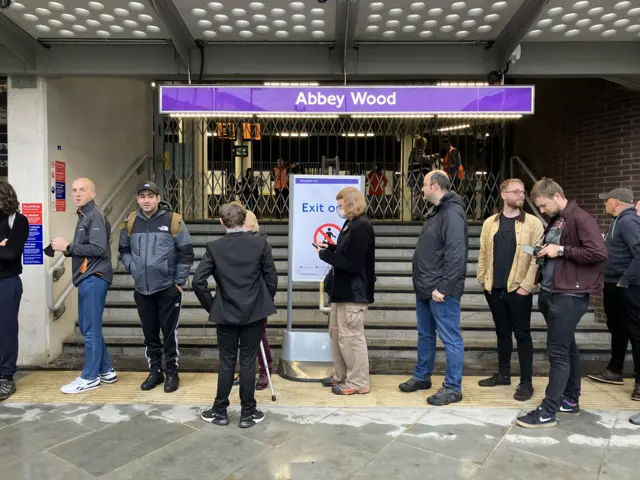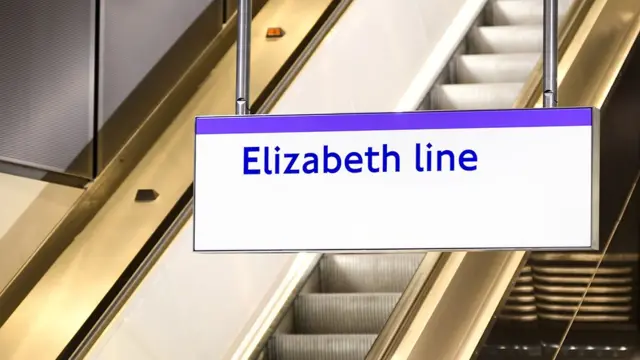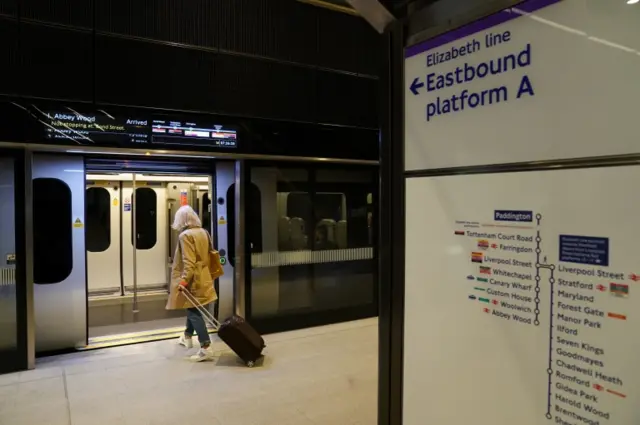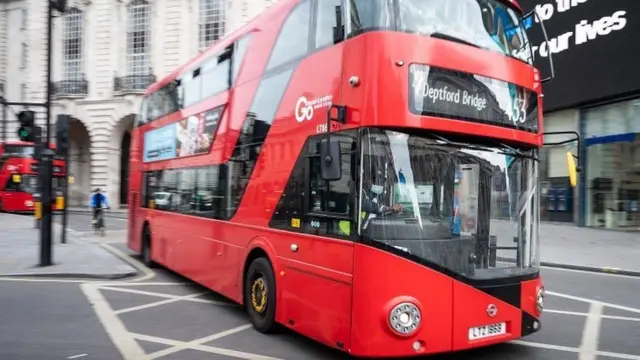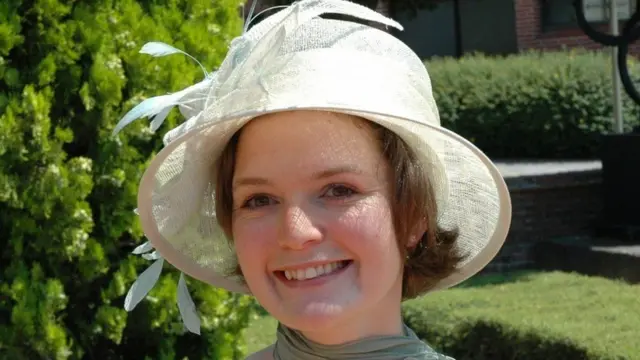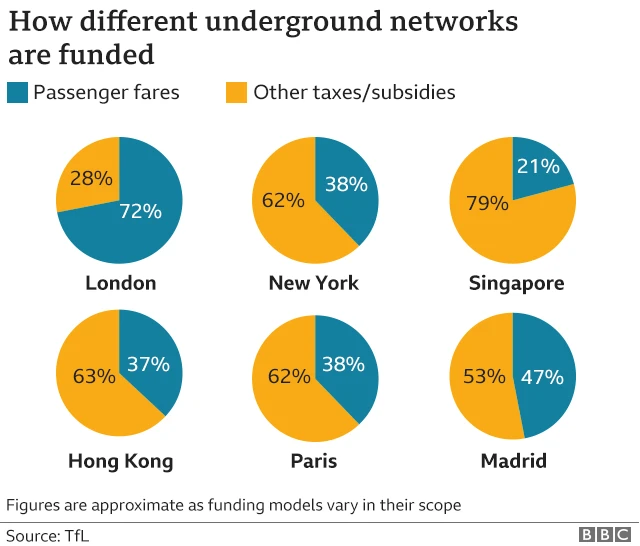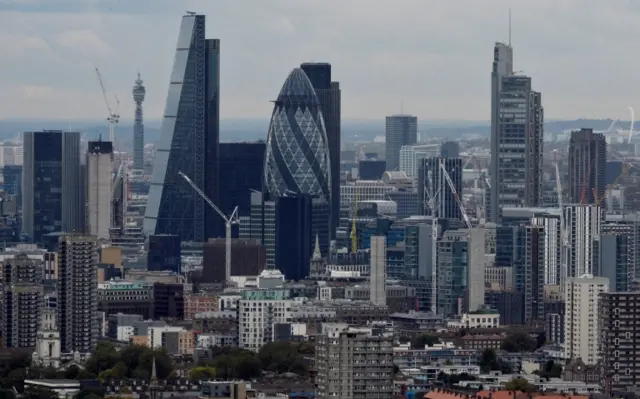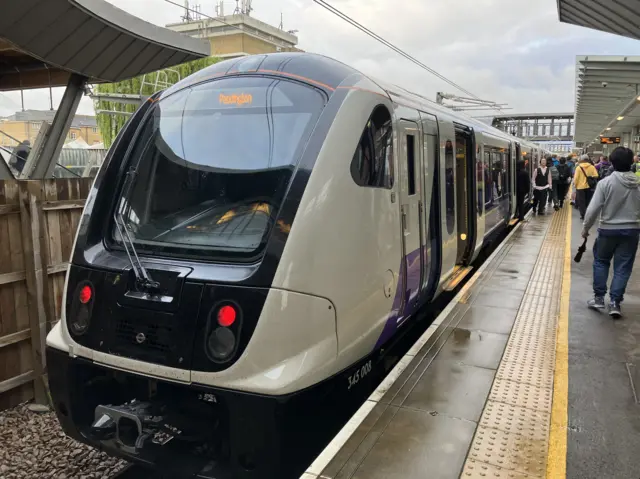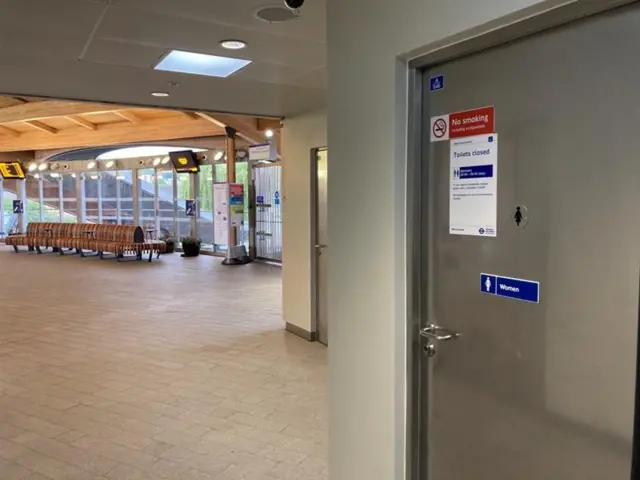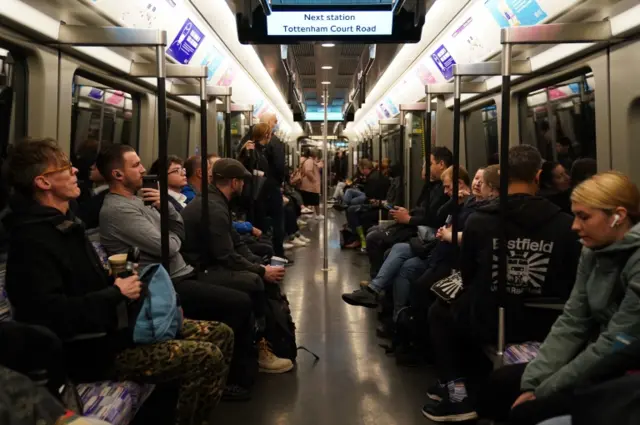Thanks for joining uspublished at 14:05 BST 24 May 2022
 Chirag Trivedi
Chirag Trivedi
BBC News
And that's all we have time for. Thanks for reading our coverage on what has been a momentous day.
It wouldn't be an opening day without a few glitches - like the Paddington station evacuation this morning - and some delays, but people seemed happy enough, with tens of thousands making more journeys using the new line today.
- The delayed and over-budget Crossrail project finally opened to passengers on Tuesday
- By midday TfL said 130,000 journeys had been made
- The £18.8bn railway - now known as the Elizabeth line - links Reading and Essex via central London
- Paddington station's Elizabeth line platforms were evacuated following a fire alarm
- London Mayor Sadiq Khan described the opening day as "historic" while UK PM Boris Johnson said the whole country would reap the benefits of the new line

